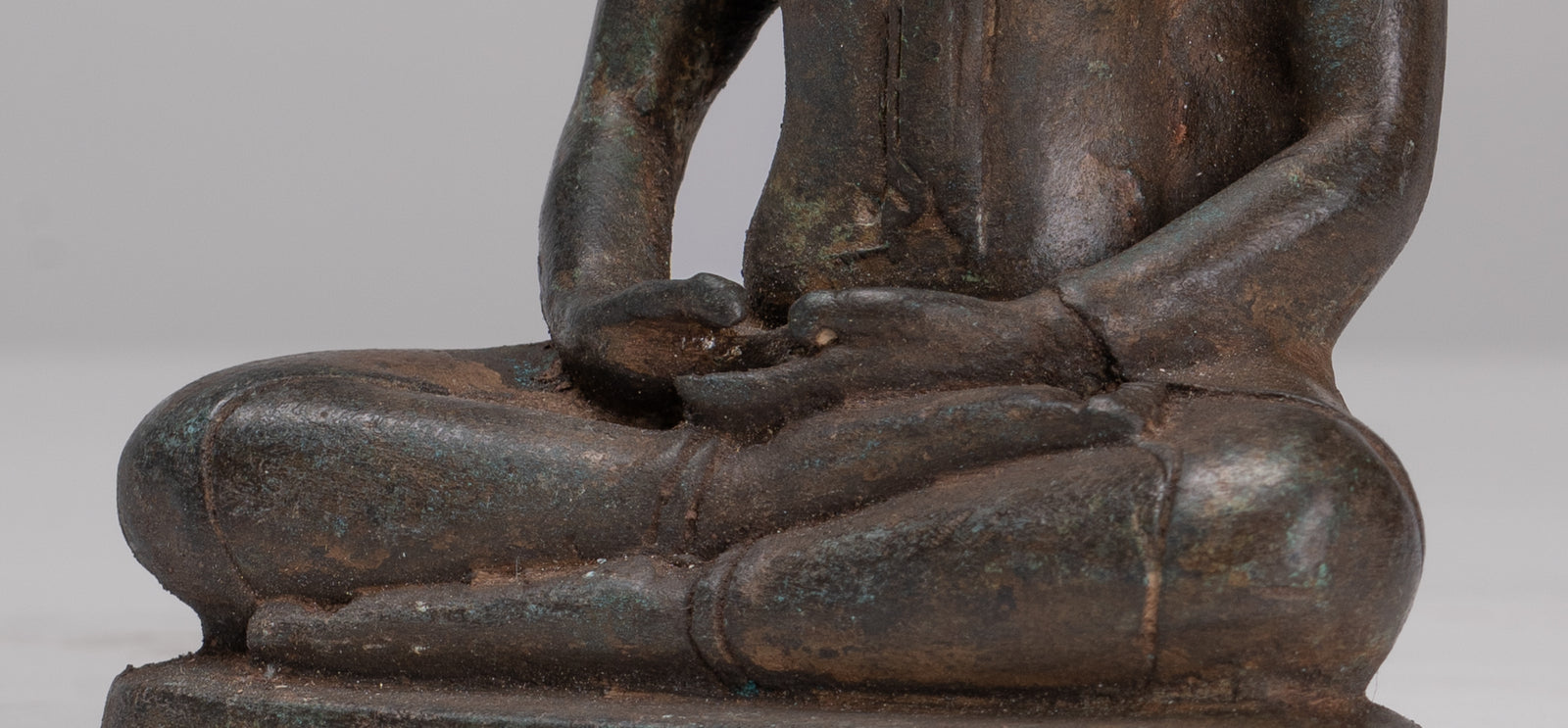
Understanding The Third Noble Truth: The Truth of the End of Suffering (Nirodha) in Buddhism
Introduction
Buddhism, one of the world’s profound spiritual traditions, centers around understanding and overcoming suffering. The Four Noble Truths, foundational to Buddhist teachings, provide a comprehensive path to achieve this goal. The Third Noble Truth, known as Nirodha, addresses the end of suffering, offering a vision of liberation and ultimate peace.
This blog post explores the Third Noble Truth in detail, examining its meaning, significance, and practical applications in everyday life.
The Concept of Nirodha
Nirodha, often translated as "cessation" or "extinction," refers to the end of suffering and the complete liberation from the cycle of rebirth (samsara). This state is also known as Nirvana, which represents the ultimate goal of Buddhist practice. Achieving Nirodha means eradicating the root causes of suffering, particularly craving (Tanha) and ignorance (Avijja).
Understanding Nirvana
Nirvana is a profound and complex concept that can be understood through several key aspects:
- Extinction of Craving: Nirvana involves the complete cessation of craving and attachment. Without these driving forces, suffering naturally comes to an end.
- End of Rebirth: Achieving Nirvana means breaking free from the cycle of birth, death, and rebirth, thereby escaping the continuous cycle of suffering.
- Peace and Liberation: Nirvana is characterized by a state of profound peace, liberation, and unconditioned happiness. It is the ultimate freedom from all mental defilements and afflictions.
The Path to Nirodha
The Third Noble Truth is closely connected to the Fourth Noble Truth, which outlines the path to the end of suffering. This path, known as the Noble Eightfold Path, provides practical steps to achieve Nirodha. These steps are divided into three main categories:
-
Wisdom (Pañña)
- Right View (Samma Ditthi): Understanding the nature of reality and the Four Noble Truths.
- Right Intention (Samma Sankappa): Cultivating intentions of renunciation, goodwill, and harmlessness.
-
Ethical Conduct (Sila)
- Right Speech (Samma Vaca): Speaking truthfully, kindly, and constructively.
- Right Action (Samma Kammanta): Acting ethically and avoiding harm to others.
- Right Livelihood (Samma Ajiva): Engaging in work that is ethical and does not cause harm.
-
Mental Discipline (Samadhi)
- Right Effort (Samma Vayama): Cultivating positive states of mind and overcoming negative ones.
- Right Mindfulness (Samma Sati): Developing awareness and presence in the moment.
- Right Concentration (Samma Samadhi): Practicing meditation to achieve deep states of focus and tranquility.
Practical Applications of the Third Noble Truth
The Third Noble Truth offers profound insights and practical guidance for achieving the end of suffering. Here are some ways to apply these teachings in daily life:
Cultivating Non-Attachment
Non-attachment is a key aspect of Nirodha. It involves letting go of cravings and desires that lead to suffering. Practical steps include:
- Mindfulness Practices: Regular mindfulness meditation helps to observe and let go of attachments.
- Simplifying Life: Reducing material possessions and simplifying lifestyle can minimize attachment.
- Developing Gratitude: Focusing on gratitude for what is present rather than yearning for more.
Embracing Impermanence
Understanding and accepting the impermanent nature of all things can reduce suffering. This involves:
- Contemplation of Change: Reflecting on the impermanence of life’s experiences, both pleasant and unpleasant.
- Letting Go: Learning to let go of attachments to people, experiences, and outcomes.
- Living in the Present: Focusing on the present moment rather than clinging to the past or fearing the future.
Practicing Ethical Conduct
Ethical conduct supports the path to Nirodha by reducing actions that cause harm to oneself and others. This involves:
- Right Speech: Speaking truthfully and avoiding harmful speech.
- Right Action: Acting in ways that are compassionate and non-harmful.
- Right Livelihood: Choosing work that aligns with ethical principles and contributes to the well-being of others.
Developing Mental Discipline
Mental discipline through meditation and mindfulness is essential for achieving Nirodha. Practical steps include:
- Regular Meditation: Practicing meditation to develop concentration and mindfulness.
- Mindful Living: Integrating mindfulness into daily activities, such as eating, walking, and working.
- Emotional Regulation: Observing and managing emotions without becoming overwhelmed by them.
The Benefits of Achieving Nirodha
Achieving Nirodha brings profound benefits that transform one’s life:
- Inner Peace: A deep sense of peace and tranquility arises from the cessation of craving and attachment.
- Freedom from Suffering: Liberation from the cycle of birth, death, and rebirth, leading to ultimate freedom from all forms of suffering.
- Compassion and Wisdom: Increased compassion for oneself and others, along with a deeper understanding of the nature of reality.
- Unconditioned Happiness: Experiencing a state of unconditioned happiness that is not dependent on external circumstances.
Relevance of the Third Noble Truth in Modern Life
The Third Noble Truth remains highly relevant in contemporary life, offering practical wisdom for overcoming modern challenges:
Coping with Stress and Anxiety
In a world filled with stress and anxiety, understanding the causes of suffering and applying the principles of Nirodha can provide relief and peace. Mindfulness practices and non-attachment help to reduce anxiety and cultivate a calm mind.
Building Resilience
Recognizing the impermanent nature of life and letting go of attachments builds resilience. This mindset enables individuals to navigate life’s challenges with greater equanimity and strength.
Enhancing Relationships
Practicing non-attachment and ethical conduct improves relationships by fostering compassion, understanding, and respect. It reduces conflicts and promotes harmonious interactions.
Conclusion
The Third Noble Truth, Nirodha, offers a profound understanding of the end of suffering and the path to liberation. By recognizing the nature of craving and practicing the principles of the Noble Eightfold Path, individuals can achieve a state of inner peace, freedom from suffering, and unconditioned happiness.
The teachings of Nirodha provide practical guidance for transforming one’s life, cultivating mindfulness, and embracing the present moment. In a world filled with challenges and uncertainties, the Third Noble Truth serves as a beacon of hope, guiding individuals towards a life of wisdom, compassion, and ultimate liberation.
























